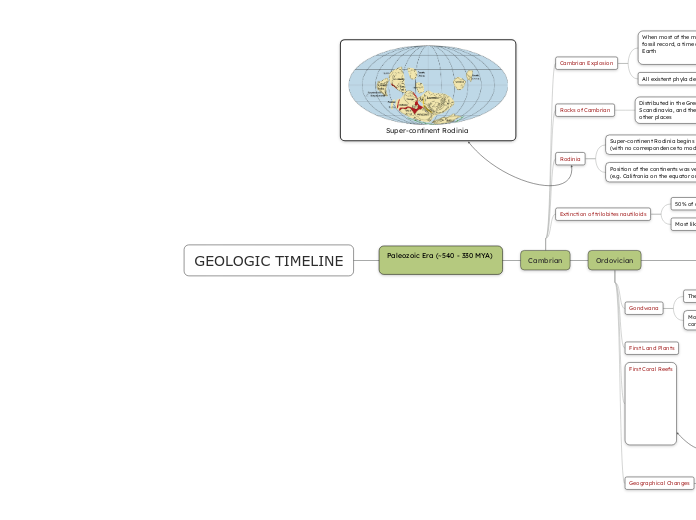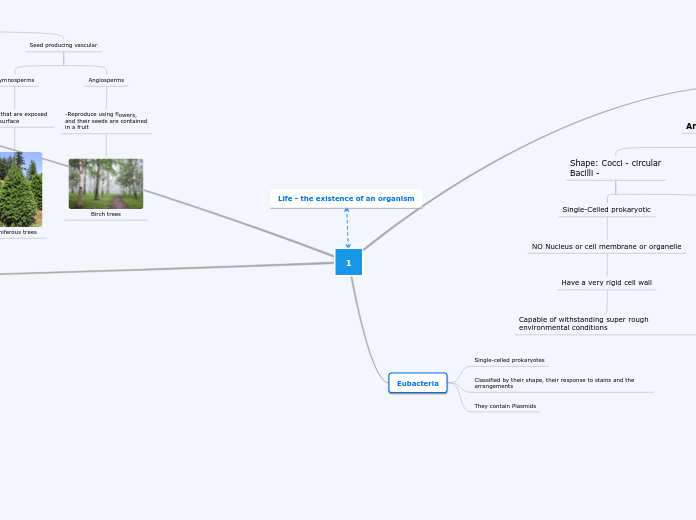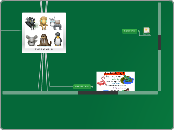作者:Lainey Lin 12 月以前
95
GEOLOGIC TIMELINE
Throughout Earth's history, significant developments have shaped the biological and geological landscape. The Paleocene Epoch marked the emergence of larger terrestrial mammals and the beginning of their specialization.









